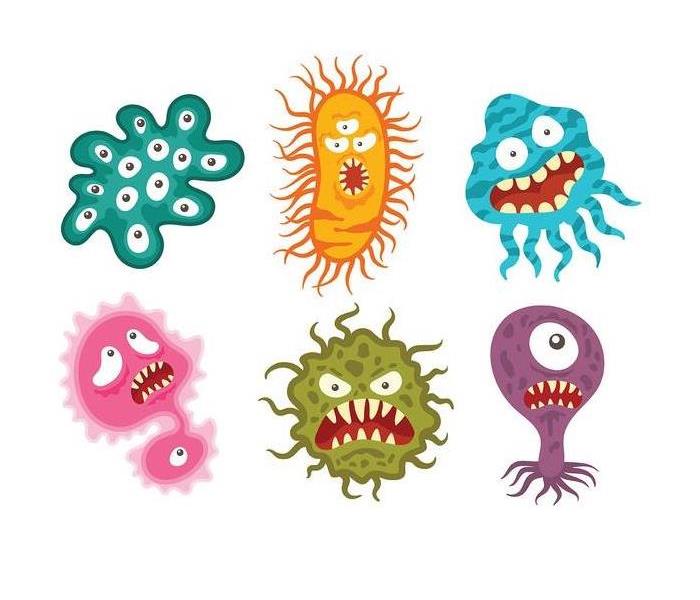Surprising places Where Mold Hides in Your Home
7/26/2018 (Permalink)
- Beneath Your Sink- Mold tends to thrive in warm, moist, and dark environments, just like your kitchen your bathroom sink. You should check these areas for condensation or any plumbing leaks. Wipe down the interior of the cabinet with a bleach-based solution to prevent mold from spreading.
- Inside Your Toothbrush Holder- Your glass or ceramic container may be the perfect spot to store your tooth brush, but it is also leaves room for mold to grow inside. It thrives on the water that drips from your tooth brush into the container. Make sure to rinse and dry your holder on a regular basis to prevent mold from growing.
- Filing Cabinets- Remember, paper is made of wood pulp, which mold love to feast on. Let’s say your house has experienced water damage or high humidity- the paper files could become damp leaving behind a mold feeding frenzy. Contaminated paper can be difficult to stop permanent damage to your files. Be cautious about storing items in damp boxes, attics, or basements, and opt in for a dehumidifier in your home.
- Toys- Have kids? Small children put everything in their mouths. Toys can accumulate bacteria and moisture, making them prone to mold growth. Give the toys a regular trip to the dishwasher or washing machine to keep mold at bay.
- Appliances Seals and Drip Pans- Where there is moisture, there can be mold! The seals, coils, and drip pans on many household appliances retain moisture, which makes it a perfect hangout spot for mold. Try to regularly clean these hidden spots to prevent mold growth.
- Carpets and Upholstery- Drapes, curtains, upholstery, and carpeting trap a lot of dirt, skin cells, and dust, which are all food for mold spores. And of course, with mishaps like spills or plumbing leaks, you have yourself the perfect breeding ground for mold. Vacuuming regularly, washing with mold-inhibiting cleaning solutions, and drying carpets or upholstery thoroughly after a spill can help prevent mold infestation.
- Plumbing and Ductwork- To prevent mold growth on plumbing and ductwork, reduce indoor humidity levels to between 30 and 50 percent by weatherizing your home, fixing leaks, and running a dehumidifier. You can also try installing an ultraviolet lighting system that will destroy mold spores as air passes through the ducts.
- Around Boilers and Water Heaters- Very commonly, boilers and water heaters typically have drains to rid of excess moisture and condensation that builds up during normal operation. These drains can become clogged or rusted, inhibiting liquid from being properly removed. This can encourage mold growth on the walls, floors, and even the air. Regularly clean your HVAC units drains to ensure that they are working properly.
Source: www.bobvila.com






 24/7 Emergency Service
24/7 Emergency Service